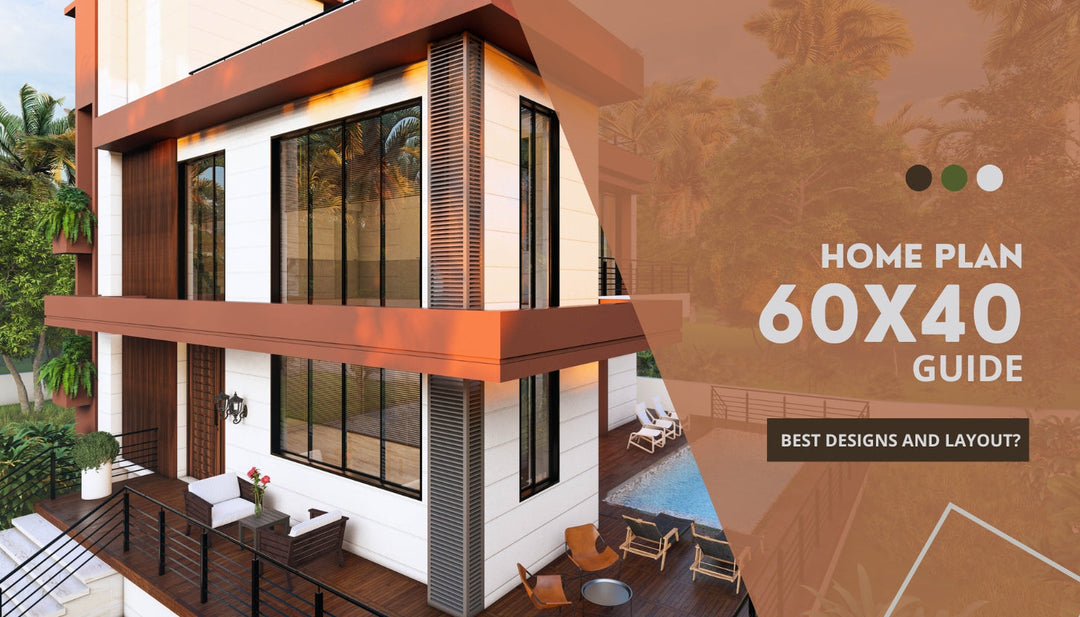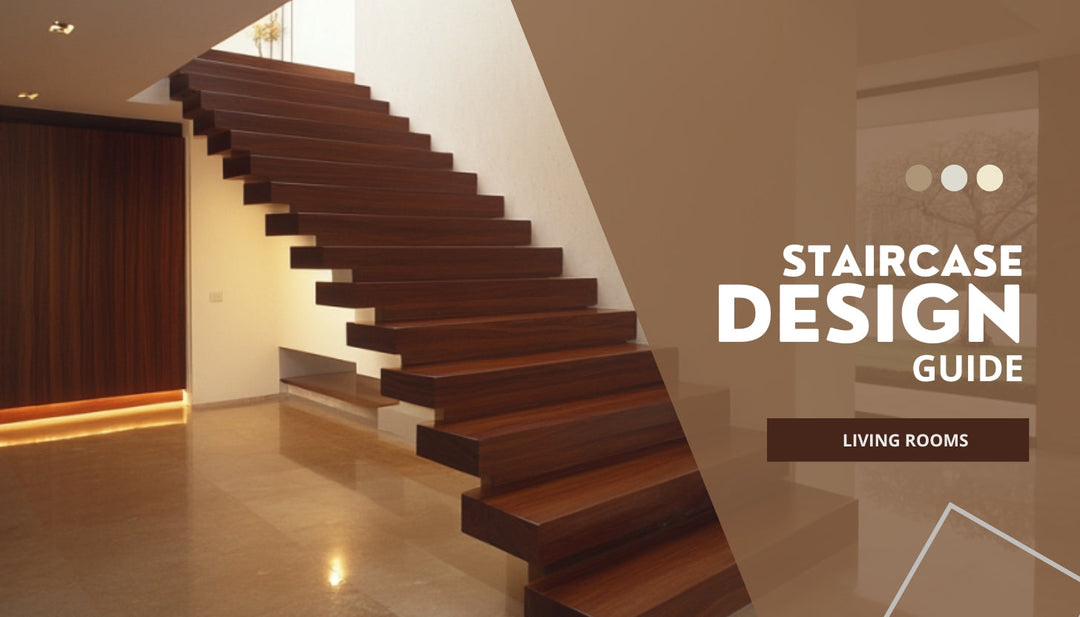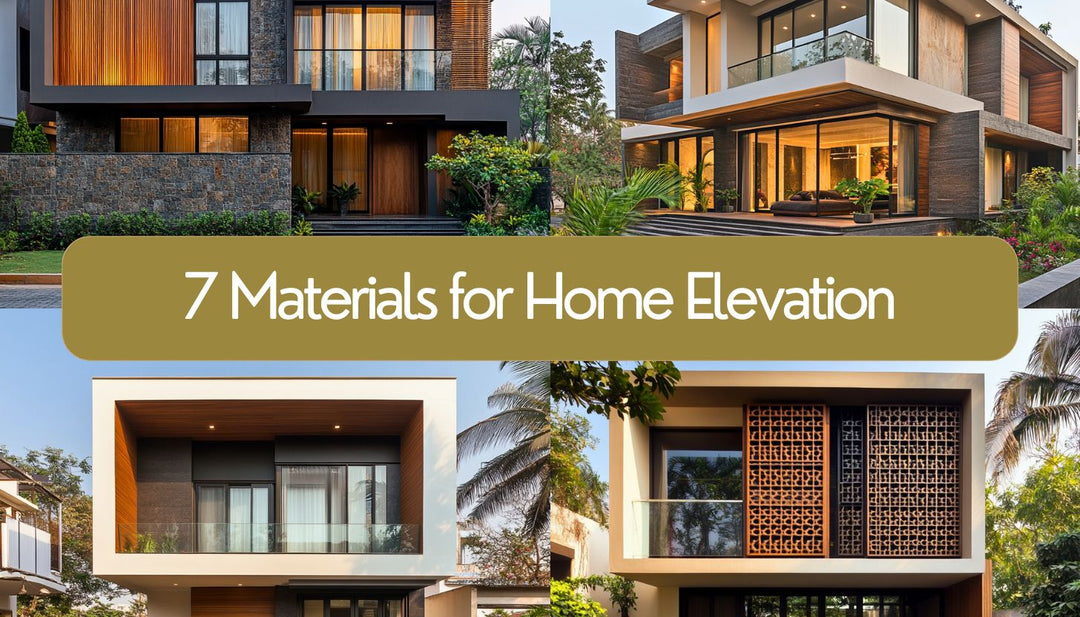Top Elevation Cladding Materials: A Comprehensive Guide for Homeowners

When designing your home's exterior, choosing the right elevation cladding material is crucial for both aesthetics and performance. Cladding not only enhances your home's visual appeal but also provides insulation and protection against the elements. With numerous options available, selecting the ideal material can be challenging. This comprehensive guide explores the most popular elevation cladding materials, their pros and cons, and how to choose the perfect one for your home.
What is Elevation Cladding?
Elevation cladding is the external layer of material applied to a building's structure to protect its walls and enhance its appearance. The right cladding can help you achieve your desired architectural style, improve energy efficiency, and increase your building's durability. However, the choice of material depends on various factors, including climate, budget, and maintenance requirements.
Comparing Elevation Cladding Materials
Let's dive into a detailed comparison of different elevation cladding materials:
| Material | Aesthetic Appeal | Durability | Maintenance | Cost | Energy Efficiency | Weight |
|---|---|---|---|---|---|---|
| Stone | High | Excellent | Low | High | Good | Heavy |
| Wood | High | Moderate | High | Moderate | Good | Light |
| Metal | Modern | Excellent | Low | Moderate-High | Poor-Moderate | Light |
| Concrete | Versatile | Excellent | Low | Moderate | Excellent | Heavy |
| Terracotta | Elegant | Good | Low | High | Good | Moderate |
| Glass | Modern | Good | Moderate | High | Poor-Moderate | Moderate |
| Painted Facades | Versatile | Poor-Moderate | High | Low | N/A | N/A |
1. Stone Cladding

Benefits:
- Timeless, natural, and luxurious appearance
- Highly durable and weather-resistant
- Low maintenance requirements
Drawbacks:
- Expensive material and installation costs
- Heavy weight may require additional structural support
Design Tip: Combine different stone textures or colors to create visual interest and depth in your facade.
2. Wood Cladding

Benefits:
- Warm, cozy, and organic feel
- Sustainable when responsibly sourced
- Highly customizable with various finishes
Drawbacks:
- Requires regular maintenance
- Less durable than other materials, especially in humid climates
Maintenance Tip: Apply a high-quality sealant every 2-3 years to protect wood cladding from moisture and UV damage.
3. Metal Cladding

Benefits:
- Sleek, industrial look ideal for contemporary homes
- Excellent durability and weather resistance
- Low maintenance requirements
Drawbacks:
- Can be expensive, especially for high-end metals
- Poor thermal insulation unless properly treated
Energy Efficiency Tip: Choose metal cladding with a factory-applied thermal break to improve insulation properties.
4. Concrete Cladding

Benefits:
- Incredibly strong and weather-resistant
- Excellent thermal mass for energy efficiency
- Versatile in shape and texture
Drawbacks:
- Heavy weight may require additional structural support
- Can appear cold and industrial if not properly designed
Design Science: Concrete's thermal mass absorbs heat during the day and releases it at night, helping to regulate indoor temperatures naturally.
5. Terracotta Cladding

Benefits:
- Warm, earthy tones suitable for Mediterranean or Southwestern styles
- Highly durable and resistant to weathering
- Eco-friendly material
Drawbacks:
- Can crack or chip under heavy impact
- Custom designs can be costly
Circulation Tip: Consider using terracotta louvers or screens to enhance natural ventilation while maintaining privacy.
6. Glass Cladding

Benefits:
- Sleek, modern facade with ample natural light
- Creates a bright and airy interior environment
- Low maintenance requirements
Drawbacks:
- Can result in heat gain or loss if not properly insulated
- High-performance glass can be expensive
Energy Efficiency Tip: Opt for low-E glass with argon gas fill to minimize heat transfer and improve insulation.
7. Painted Facades

Benefits:
- Cost-effective cladding option
- Endless color options for design flexibility
Drawbacks:
- Requires regular maintenance and repainting
- Less durable than other cladding materials
Maintenance Tip: Choose high-quality, weather-resistant exterior paint and repaint every 5-7 years for best results.
How to Choose the Right Elevation Cladding Material for Your Home

Consider these factors when selecting your cladding material:
Climate:
- Wet/humid climates: Choose moisture-resistant materials like metal, stone, or terracotta.
- Hot climates: Opt for materials with good thermal mass, such as concrete or terracotta.
- Cold climates: Select materials with good insulation properties, like wood or stone.
Learn more about climate strategies in home design
Architectural Style:
- Modern homes: Consider metal, glass, or concrete for a sleek look.
- Traditional/rustic homes: Wood or stone cladding adds warmth and charm.
- Mediterranean/Southwestern homes: Terracotta or natural stone create an earthy appeal.
Budget:
- High-end options: Stone, terracotta, or glass.
- Mid-range options: Metal or wood.
- Budget-friendly options: Painted facades or certain types of metal cladding.
Discover smart budgeting tips for home design
Maintenance:
- Low-maintenance: Metal, stone, and glass.
- Higher maintenance: Wood and painted facades.
Energy Efficiency:
Consider the material's insulation properties and how they align with your local climate and energy goals.
Explore integrated design for green architecture
Durability:
Assess the material's resistance to weathering, pests, and other environmental factors common in your area.
Local Building Codes:
Ensure your chosen material complies with local regulations and fire safety requirements.
Latest Trends in Elevation Cladding Design

- Mixed Materials: Combining two or more cladding materials for contrast and depth.
- Sustainable Materials: Eco-friendly options like reclaimed wood, bamboo, or recycled metal.
- Bold Colors: Vibrant hues to make a statement, especially with metal or painted facades.
- Minimalist Designs: Clean lines and smooth finishes using materials like metal or concrete.
- Textured Surfaces: 3D patterns and textures in materials like concrete or metal for visual interest.
- Vertical Cladding: Using vertical orientation to create the illusion of height and slenderness.
- Oversized Panels: Large-format cladding panels for a modern, streamlined look.
Check out outdoor home paint colour combinations
Tips for Successful Elevation Cladding Installation

- Proper Preparation: Ensure the underlying structure is sound and properly waterproofed.
- Professional Installation: Hire experienced contractors familiar with your chosen material.
- Ventilation: Incorporate a ventilation gap behind the cladding to prevent moisture buildup.
- Insulation: Install appropriate insulation to maximize energy efficiency.
- Maintenance Plan: Develop a maintenance schedule based on your chosen material's requirements.
- Consider Lifecycle Costs: Factor in long-term maintenance and potential replacement costs when budgeting.
- Sample Testing: Request samples of your chosen material to test its appearance in different lighting conditions.
Learn about passive architecture for Indian homes
Conclusion

Choosing the right elevation cladding material involves balancing aesthetics, durability, climate suitability, cost, and maintenance. Each material offers unique benefits and challenges, whether you're drawn to the natural beauty of wood, the sleek elegance of metal, or the timeless appeal of stone.
Discover white colour houses and their appeal
At Ongrid Design, we specialize in creating stunning, functional home designs that reflect your style while ensuring optimal performance in your local climate. Our team of experts can guide you through the selection process, considering all factors to find the perfect cladding solution for your home.
Ready to transform your home's exterior? Contact Ongrid Design today to explore how we can enhance your property with the ideal elevation cladding material. Let's work together to create a home that's not only beautiful but also energy-efficient, durable, and perfectly suited to your lifestyle.







